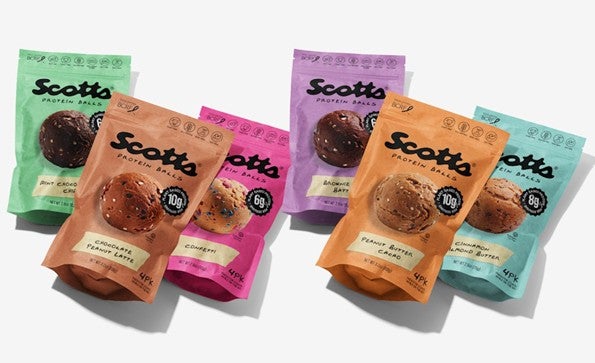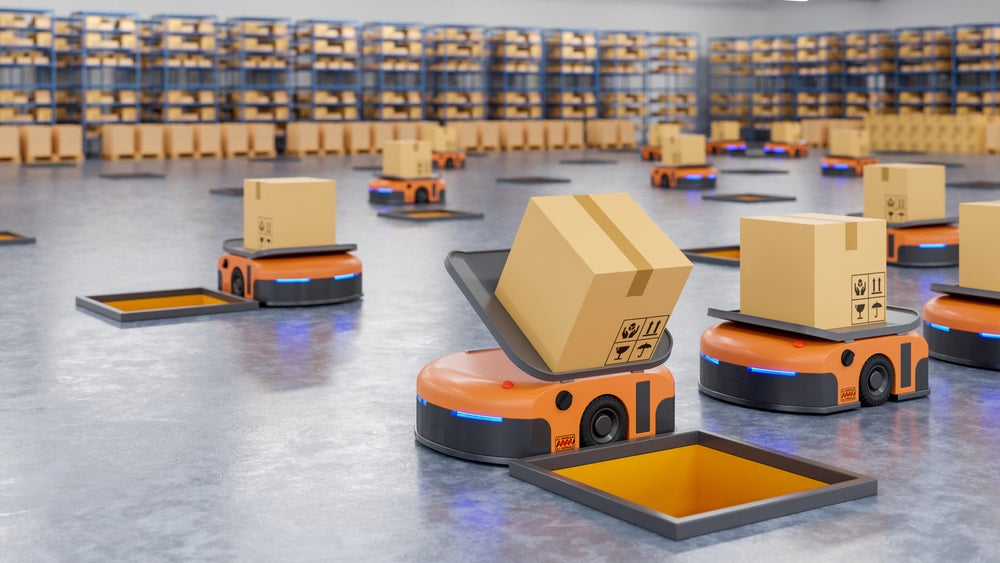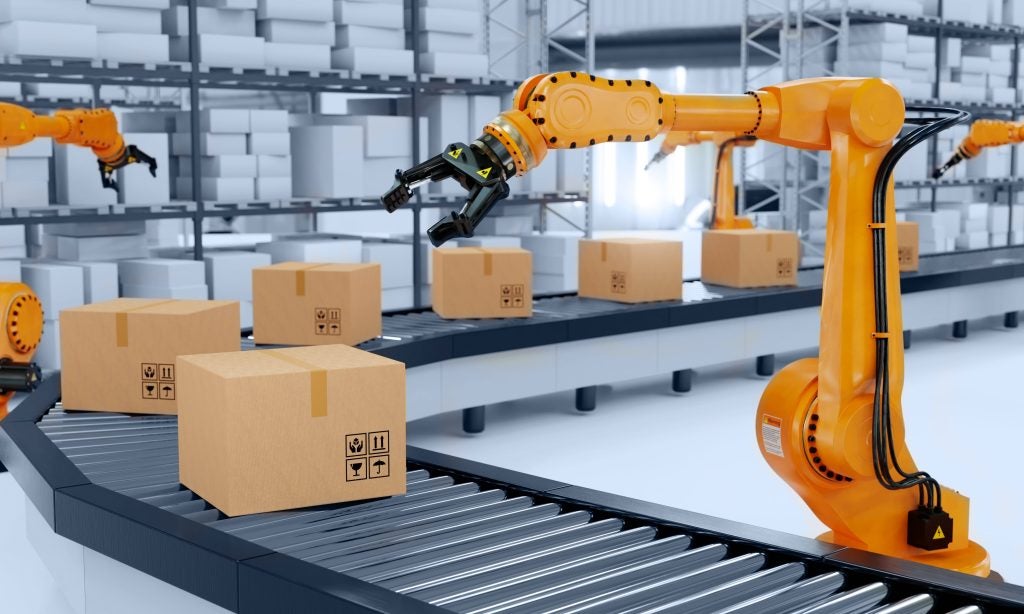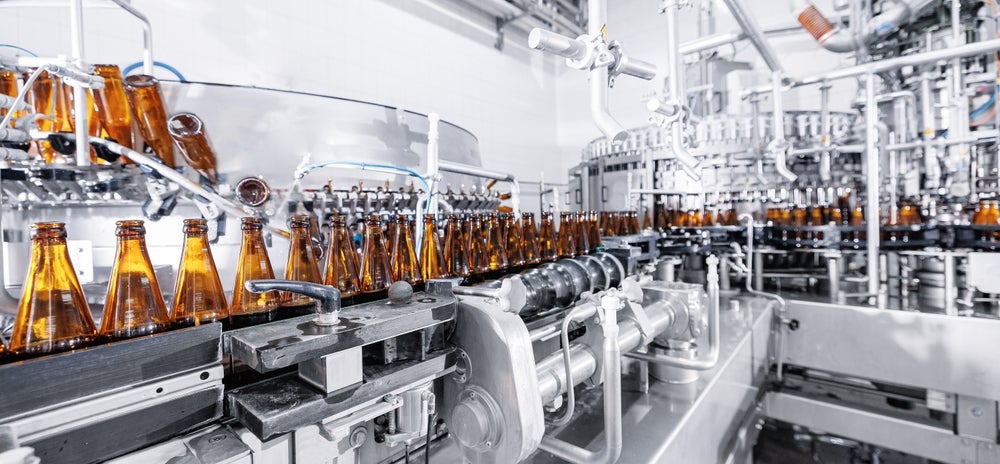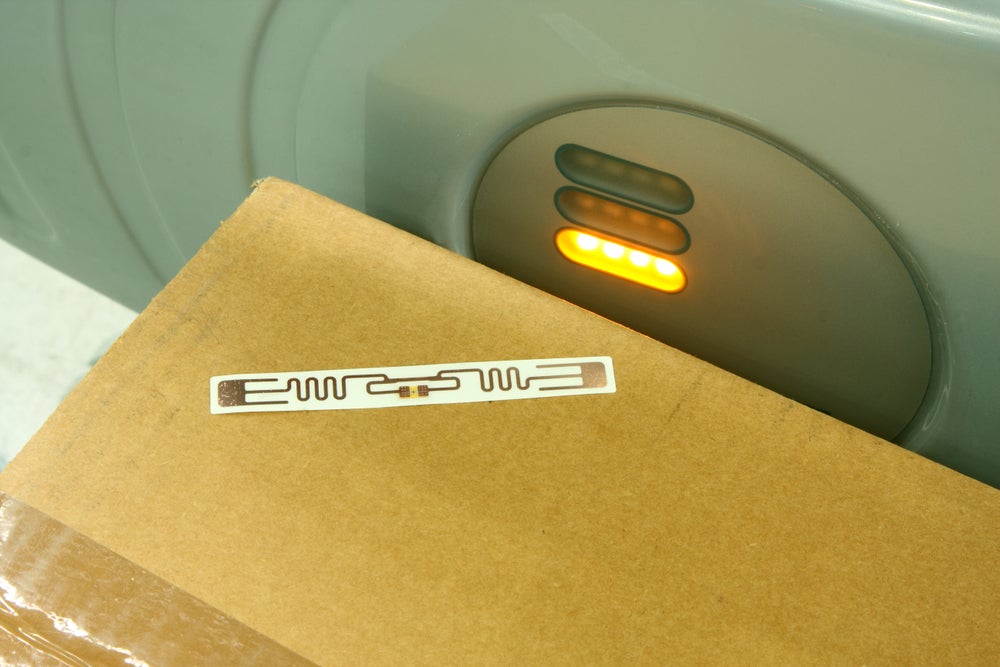The packaging industry is undergoing a significant transformation as robots become increasingly integrated into production lines. These advanced machines are not only boosting efficiency but also improving accuracy and safety across packaging operations.
The rise of robotic automation is reshaping how manufacturers approach their packaging processes, offering solutions to long-standing challenges while enabling new levels of productivity.
The adoption of robots in packaging lines is a response to growing demands for faster throughput, flexible handling of diverse products, and enhanced quality control.
This article explores how robotic technology is changing packaging lines, the benefits it delivers, and the future outlook for this essential industrial sector.
Robotic automation improving speed and consistency
One of the primary advantages of integrating robots into packaging lines is the significant increase in operational speed. Robots can work continuously without fatigue, maintaining a steady pace that surpasses manual labour.
They excel in repetitive tasks such as picking, placing, sealing, and palletising, which form the backbone of most packaging workflows.
Robotic arms equipped with advanced sensors and vision systems can handle packages with remarkable precision, ensuring consistent placement and alignment. This accuracy reduces errors that can lead to damaged products or wasted materials.
In industries where packaging quality directly impacts brand reputation—such as food and pharmaceuticals—this reliability is critical.
Flexibility is another key benefit. Modern robots can be programmed or taught to handle different product shapes and sizes with minimal downtime between changeovers.
This adaptability supports manufacturers facing diverse packaging requirements or seasonal fluctuations, allowing them to switch production runs swiftly without sacrificing efficiency.
Enhancing workplace safety and reducing human error
Packaging lines often involve physically demanding or hazardous tasks, including repetitive lifting, handling sharp materials, and working in confined or fast-moving environments.
Robots help mitigate these risks by taking over dangerous or strenuous duties, thereby reducing workplace injuries.
Automation also minimises human error, which can occur due to fatigue or distraction. Mistakes in packaging, such as incorrect labelling or improper sealing, can be costly and cause supply chain disruptions.
Robots maintain a consistent level of performance throughout shifts, improving overall product quality and reducing costly rework.
Furthermore, robots equipped with real-time monitoring and data collection can identify potential faults or deviations in packaging processes early. This capability allows for preventative maintenance and rapid intervention, avoiding downtime and prolonging equipment life.
Driving sustainability through precise resource use
Sustainability is a growing concern in packaging, with pressure to reduce waste, use eco-friendly materials, and optimise resource consumption. Robotic packaging lines contribute to these goals by enabling precise material handling and efficient packaging design implementation.
Robots ensure that packaging materials—such as film, cardboard, or adhesives—are applied accurately, minimising excess use. This precision helps lower material waste and supports manufacturers in meeting regulatory and environmental targets.
Automated systems can also facilitate the integration of recyclable or biodegradable packaging components without sacrificing speed or quality.
In addition, robots can help implement circular economy principles by supporting the sorting and handling of returned packaging materials for reuse or recycling. This role enhances the sustainability credentials of supply chains and aligns with consumer demand for environmentally responsible products.
Future trends shaping robotic packaging lines
Looking ahead, the evolution of robotics in packaging lines will be influenced by advancements in artificial intelligence, machine learning, and connectivity.
Intelligent robots capable of adapting to complex tasks and making real-time decisions will drive further improvements in efficiency and flexibility.
Collaborative robots, or cobots, designed to work safely alongside human operators, are set to become more common. These machines can assist with delicate or customised packaging operations where human oversight remains valuable, blending automation with human skill.
The integration of Internet of Things (IoT) technology will enhance data-driven decision-making on packaging lines. Robots connected to centralised control systems can optimise workflows, predict maintenance needs, and respond dynamically to production changes.
Ultimately, robots are revolutionising packaging lines by delivering speed, precision, safety, and sustainability.
As technology continues to advance, manufacturers adopting robotic solutions will be better positioned to meet the evolving demands of the market, maintain competitive advantage, and contribute to greener production practices.




